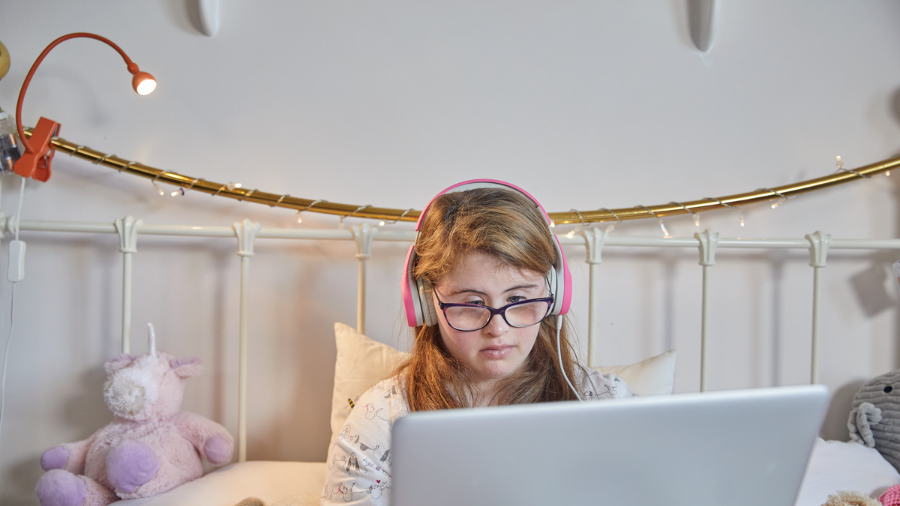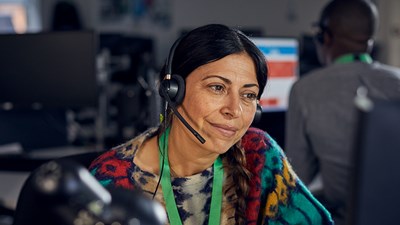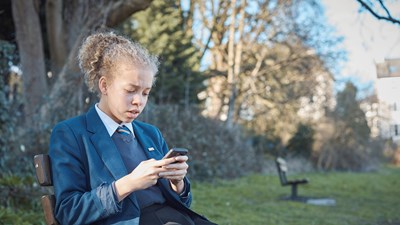
What is YouTube?
YouTube is a video sharing platform where you can watch, create and share videos. While you can’t send private messages on the platform, you can communicate with other users via the comment section under the video player.
What age-rating is YouTube?
To create a YouTube account you need to be 13+. However, you don’t need an account to watch videos on the platform.
What can you do on YouTube?
| Activity | Risks |
|
Watch You can watch videos. YouTube hosts a whole range of different videos. From TV shows to funny videos. People who regularly post on YouTube are known as YouTubers. |
After you finish watching a video on YouTube, it will suggest other types of videos for you to watch. Sometimes these might play automatically. A child might also click on content which appears appropriate, but actually contains adult themes. This puts children and young people at risk of seeing content that might be inappropriate. |
|
Create and upload Anyone with an account can film and upload a video to the platform. Accounts can be set to private or public. |
Children and young people can set up their own account on YouTube to upload videos. This could put them at risk of others finding out too much personal information about them. For example, filming a video where they are wearing their school uniform. They also might feel pressure to compete with friends or other influencers/YouTubers they follow. This could negatively affect their wellbeing. |
|
Livestream The platform has a feature that lets you livestream in real-time. If the account is public this can be viewed by anyone. If it’s private then the livestream can only be watched by followers. |
As they happen in real-time you can't filter out any inappropriate or adult conversation that takes place. This could put your child at risk of coming across content that they might find upsetting or confusing. |
|
Subscribe You can subscribe to other accounts to be notified when the user uploads a new video. Accounts on YouTube are known as channels. |
This could put them at risk of viewing inappropriate content. Or recieving unwanted contact from another subscriber. |
|
Like, comment and share There are no private messaging features on the platform. However, you can like and comment on other videos. Youtubers can turn off comments on their videos.
|
This could put them at risk of coming across harmful language or comments. |

